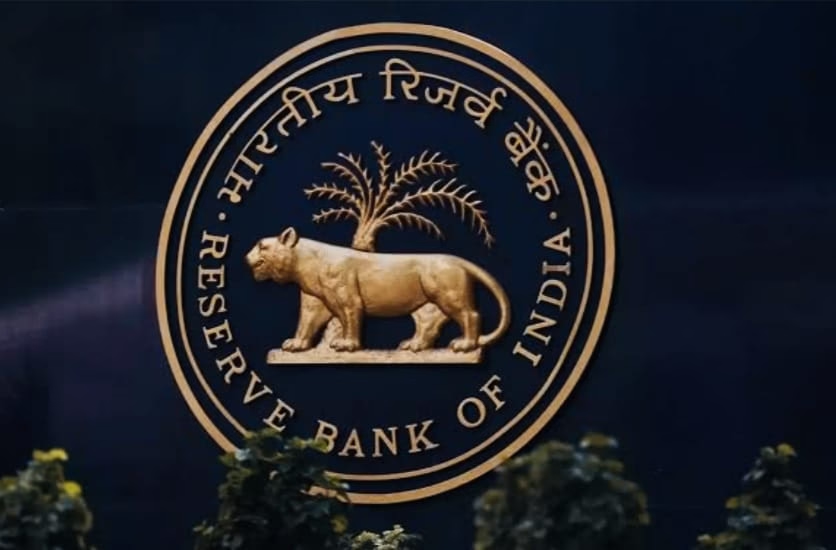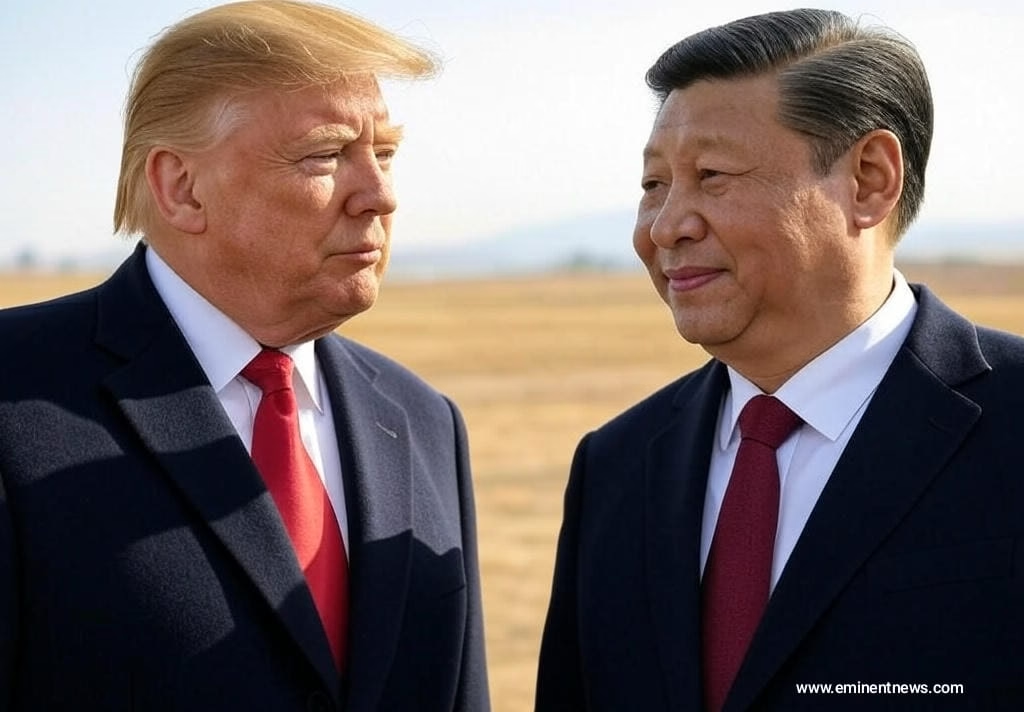The Reserve Bank of India (RBI)’s Remittances Survey highlights significant shifts in the dynamics of remittances to India . The survey underscores the increasing importance of remittances in India’s external sector balance, with inward remittances reaching a record $118.7 billion in 2023-24 . This amount surpassed FDI inflows and financed over half of India’s merchandise trade deficit . India has consistently been the top recipient of remittances globally since 2008 .
Key findings of the RBI’s Remittances Survey (2023-24):
- Shift in remittance sources: Advanced Economies (AEs) now contribute over 50% of India’s remittances, surpassing the Gulf countries’ share of 37.9% . This is a notable change from historical patterns .
- Leading countries: The U.S. accounted for 27.7% of India’s inward remittances, a rise from 23.4% in the previous survey (2020-21) . The U.S., U.K., Canada, Australia, and Singapore collectively account for 51.2% of remittance flows .
- Decline in Gulf contributions: The Gulf Cooperation Council (GCC)’s share dropped from 46.7% (2016-17) to 37.9% (2023-24) . The UAE’s share fell from 26.9% to 19.2% due to job nationalization policies like Saudisation .
- Skilled vs. unskilled remittances: 78% of Indian migrants in the US work in high-paying sectors (IT, finance, healthcare), sending larger sums .
- Transaction Amounts: Transfers above ₹5 lakh accounted for nearly 29% of total remittance value, even though they represented a small fraction (1.4%) of overall transactions .
- Digitalization: Digital channels accounted for 73.5% of all remittance transactions in 2023-24 . The average cost of sending $200 to India is 4.9%, below the global average of 6.65% .
Reasons Behind the Shift from Gulf to Advanced Economies:
- Economic Challenges in the Gulf: Oil price volatility and nationalization policies have reduced low-skilled job opportunities for Indians .
- Higher Wages in AEs: Stronger currencies and purchasing power parity in AEs amplify remittance values .
- Skilled Migration Surge: STEM professionals in the US/UK earn 3-5x Gulf salaries .
- Education-Driven Migration: Policies like the UK’s Graduate Visa and Canada’s Post-Graduation Work Permit (PGWP) attract students who transition to high-paying jobs .
Implications for India:
- Economic Stability: Remittances ($118.7B in 2023-24) fund 42% of India’s trade deficit, reducing forex pressure .
- Reduced Dependence on Gulf: Lower exposure to oil-driven Gulf recessions and migrant worker crises .
- Brain Drain Concerns: Skilled workers moving to AEs may deplete domestic talent .
- Regional Disparities: States highly dependent on remittances from the Gulf may face economic slowdowns, while states focused on the US may benefit .
In summary, the RBI’s 2023-24 Remittances Survey highlights a shift in remittance patterns, with advanced economies now leading the way. This reflects changing migration patterns, the rise of skilled Indian migrants, and the increasing use of digital channels for remittances . These trends have significant implications for India’s economy, regional development, and workforce dynamics .For economics news click www.eminentnews.com

























